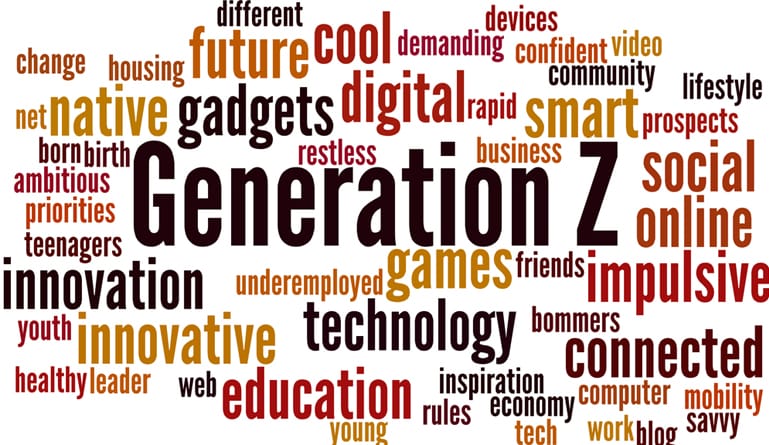Before a shopper clicks “buy,” they often already made the decision. Long before the flash of an ad or the lure of a discount, something deeper takes root: a memory, a feeling, or a quiet sense of trust.
A new global study by WPP Media reveals a key finding. 84 per cent of consumers already choose their preferred brand before they begin shopping. The finding challenges what marketers thought they knew about influence, emotion, and the true moment when people make decisions.
The Myth of the Neutral Shopper
For decades, marketers operated under a comforting illusion. They believed consumers approach the marketplace with an open mind. They thought consumers wait for irresistible offers or clever campaigns to sway them. The data tells a different story. Most people rarely start from a blank slate.
What WPP describes as “brand priming” happens long before a consumer clicks “add to cart.” It is a gradual process. Trust, familiarity, and emotional memory shape it. Every past experience, fleeting logo sighting, influencer endorsement, or customer review quietly adds to this memory.
By the time a buyer starts browsing or comparing options, the emotional decision is often already complete. The logical justification simply comes afterward.
Brand Priming: The Real Battlefield
WPP’s research does not just confirm priming’s existence; it quantifies its influence. Emotional memory turns out to be the biggest driver of buying behavior. Storytelling, shared culture, and repeated exposure build this memory.
Every media touchpoint plays a role. Owned media, such as packaging, websites, and in-store experiences, build credibility. Earned and shared media, from PR stories to influencer shoutouts, create cultural relevance. Paid advertising, often the strongest lever, actually works best when it amplifies an existing emotional bias rather than trying to create one from scratch.
This study redefines the purpose of digital performance marketing. It may convert quickly, but its true strength lies in activating already-primed audiences. It does not win over the indifferent.
Why the Funnel Needs Rethinking
For years, marketers relied on the classic funnel. It moves from awareness to consideration and then to conversion. However, today’s consumer journey looks less like a funnel and more like a feedback loop. People live inside what WPP calls a “brand bias bubble.” Cues constantly surround them and reinforce what they already believe.
If pre-influence determines 84 percent of buying decisions, marketers can no longer only focus on bottom-funnel ads. They need to invest where consumers first form emotional trust. These are the pre-awareness stages where relationships are built gradually. Brands cannot measure these relationships immediately.
The Strategic Shift: From Performance to Permanence
The implications for marketing strategy are significant. For too long, people dismissed awareness campaigns as soft and immeasurable. Meanwhile, they celebrated performance marketing as data-driven and direct. The WPP study challenges that logic.
Brands that hope to win tomorrow’s customers must shift their focus. This means moving from chasing conversions to cultivating consistency. The focus must be on storytelling that stirs lasting emotion rather than quick clicks. They also need content ecosystems that keep their names visible across owned, shared, and earned platforms. This visibility is necessary even when consumers are not actively shopping.
Performance marketing, in this new frame, becomes activation rather than acquisition. Its role is to remind and reinforce, not to introduce.
Metrics must also evolve. Measuring success should go beyond impressions and conversions. It should include mental availability. This captures the strength of a brand’s emotional footprint before the moment of decision.
The Human Element
The study’s deeper message is psychological, not technological. Consumers are not algorithms. They are humans, and emotion rules their decisions far more than logic.
As WPP CEO Mark Read put it, “Brands that understand the psychology of decision-making, rather than just the mechanics of marketing, will own the future of influence.”
Looking Ahead
The next evolution of marketing will not hinge on faster performance or cheaper reach. It will hinge on stronger priming. The brands that thrive will be those that build emotional equity long before the transaction.
Even in a world of algorithms and AI-generated content, one truth remains unchanged: people buy from brands they already trust.
ALSO WATCH MARKETING EDGE ONTV








Comment
No comments found.